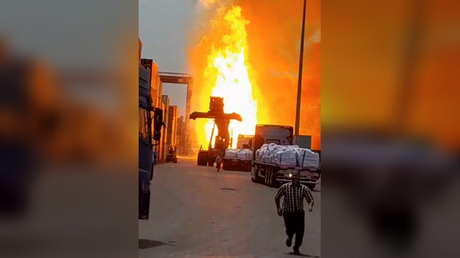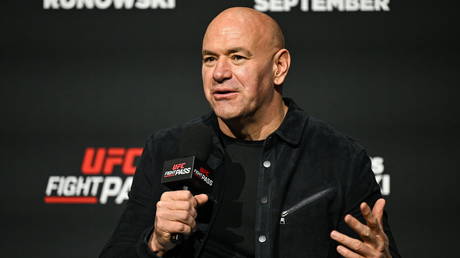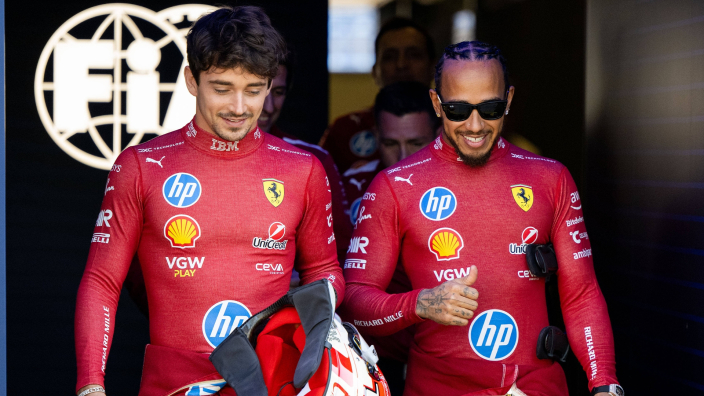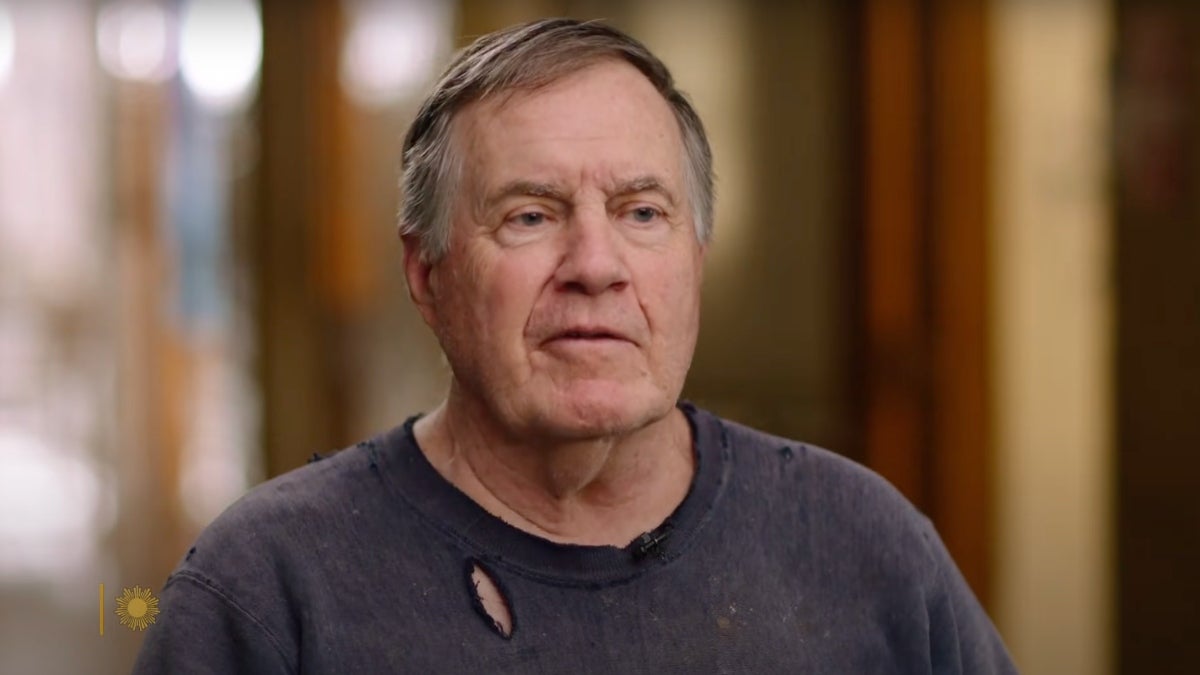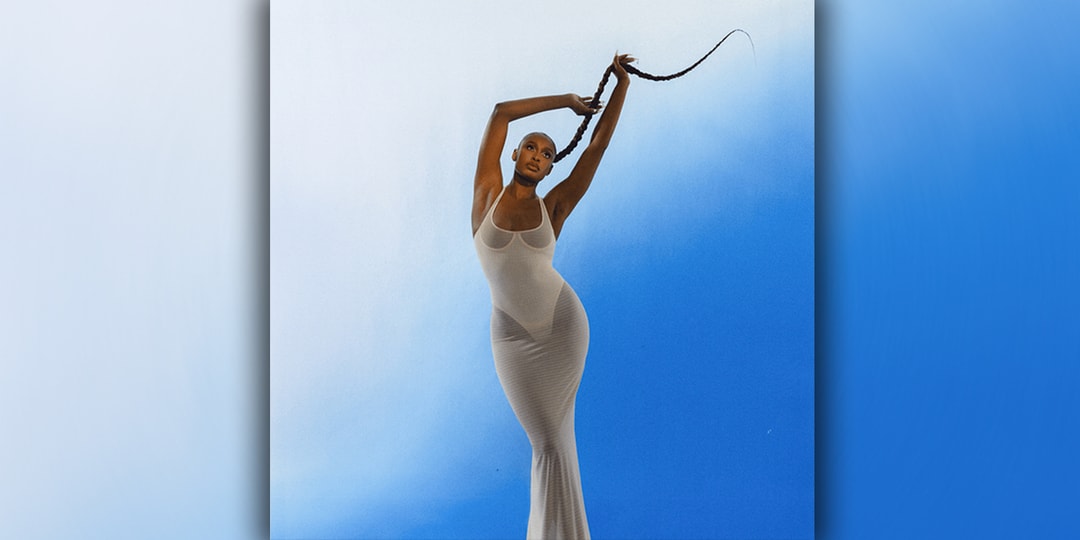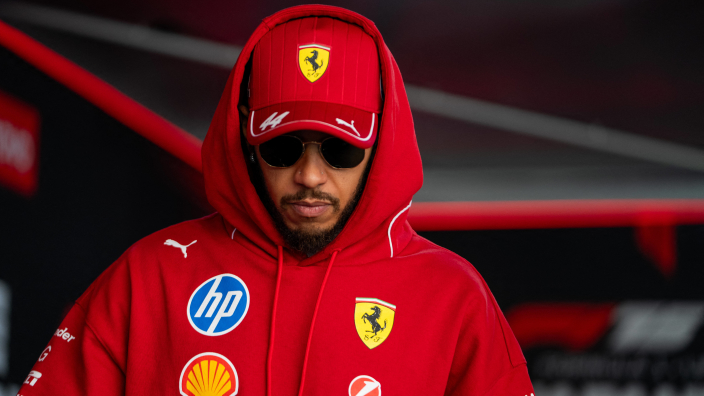Revealed: The new F1 racing rules that sealed Verstappen penalty
Formula 1's racing guidelines were revised from 2024 to 2025. Here's what changed, and how this contributed to a Saudi Arabian Grand Prix penalty for Max Verstappen that he may have avoided last year
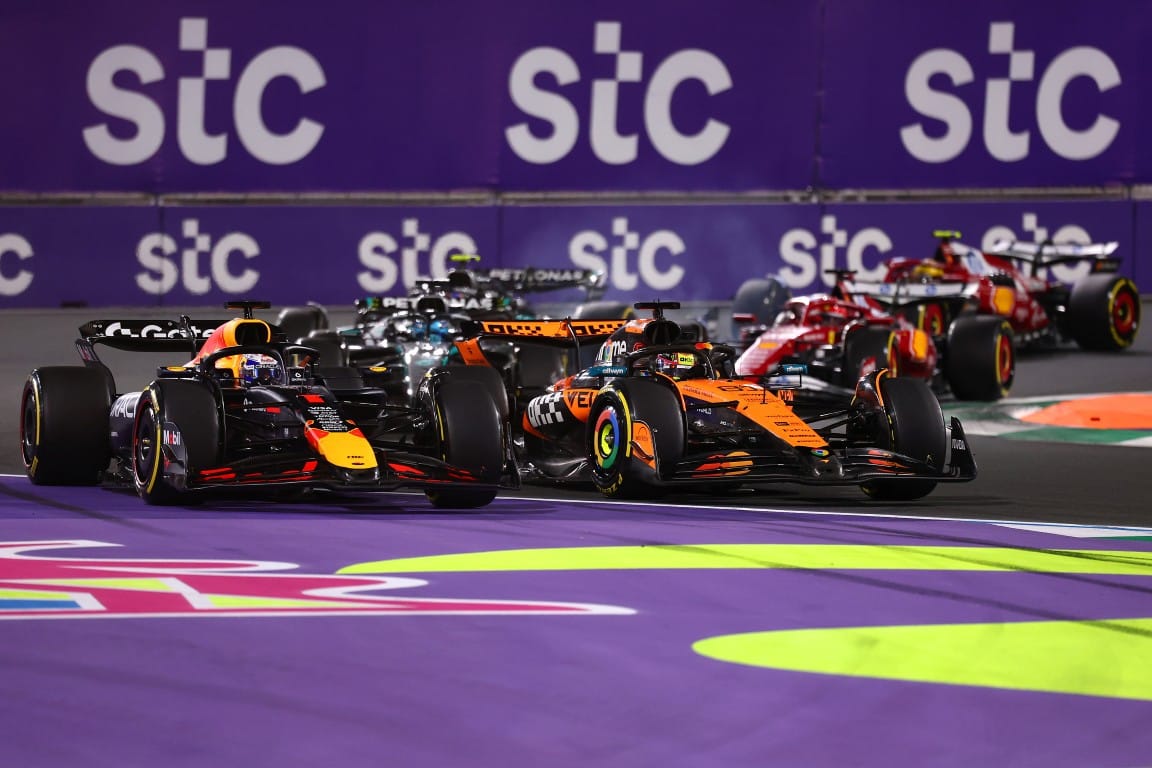

The controversial Turn 1 incident between Oscar Piastri and Max Verstappen at the Saudi Arabian Grand Prix remains a hot topic in Formula 1, with opinions still divided on who was right and wrong.
But one of the factors that has gone slightly under the radar is how revisions to F1’s Driving Standards Guidelines that came into force at the start of this season were key to the verdict that the stewards made.
Many have been quick to point out how penalising Verstappen for gaining a lasting advantage does not seem to be consistent with certain decisions made in the past, like Austin and Mexico last year.
However, it is important to understand that the guidelines stewards are working with now are different compared to then.
While F1’s Driving Standards document is not in the public domain, The Race can reveal how some key modifications made for 2025 have triggered a whole new approach to what is and is not allowed in battle.
Racing rules
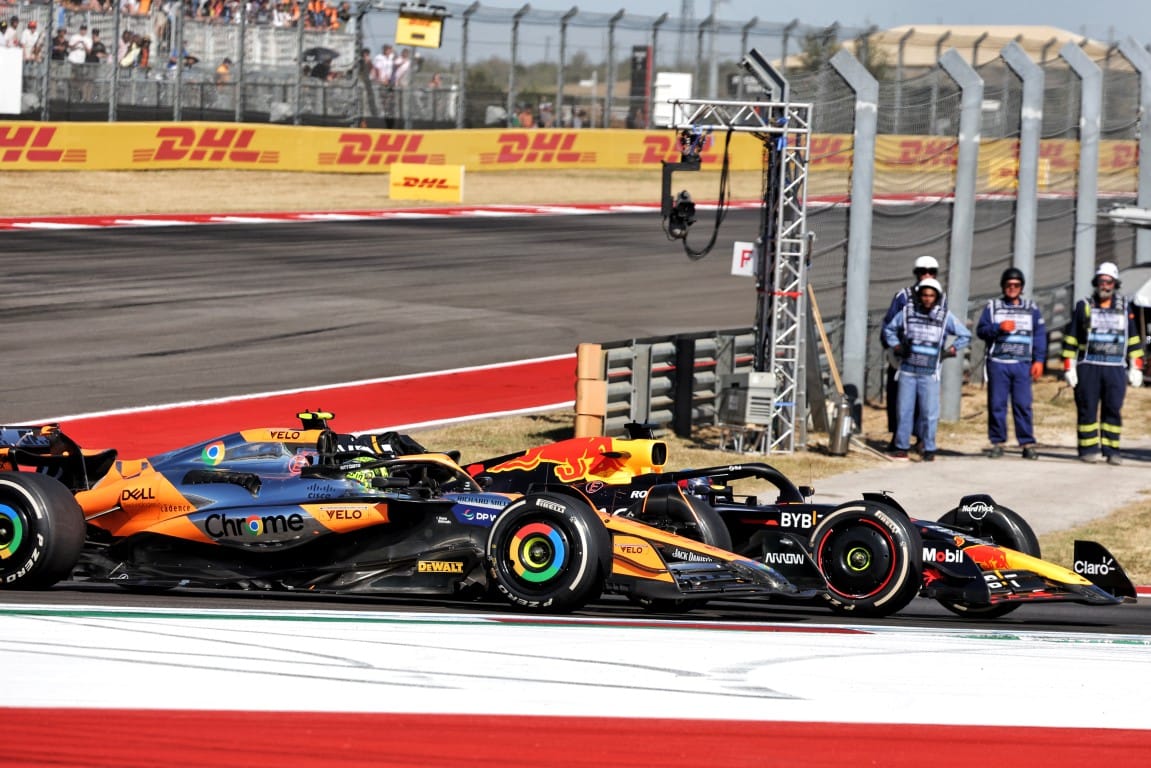
The original F1 Driving Standards Guidelines document came into force last year as a means of trying to put drivers and stewards on the same page when it came to understanding the rules of racing.
However, while it worked well for a while, some flaws were exposed in the wording of certain clauses - especially when it came to a key demand for drivers to get ahead at the apex to win the right to a corner.
Some drivers were thus well-aware that there were benefits to be had in making a lunge for the apex to be technically ahead - and then worry about any consequences afterwards.
There was also some unease from drivers about the need to leave racing room for rivals and risk punishment if a defending car ran wide - especially if you had won the corner in a clean way.
Following what happened with various calls in Austin and Mexico last year - including George Russell on Valtteri Bottas at the United States Grand Prix and Max Verstappen/Lando Norris incidents in both the USA and Mexico - the drivers got together with the FIA at the Qatar Grand Prix to agree on some wording tweaks to the guidelines to improve things for this year.
And what happened between Piastri and Verstappen at the opening corner of Saudi Arabia falls under the remit of these changes.
The critical alterations for 2025

The wording of the revised guidelines appears similar for this year, but there are some very important changes that counted a lot in the Piastri/Verstappen incident.
In relation to a car overtaking on the inside of the corner, last year there were four key elements.
These were that, for a driver to have earned the right to room when overtaking on the inside, their car must:
i) Have its front axle AT LEAST ALONGSIDE of the mirror of the other car no later than the apex of the corner.
ii) Be driven in a safe and controlled manner throughout the manoeuvre (entry, apex and exit).
iii) Without (deliberately) forcing the other car off the track at the exit. This includes leaving a fair and acceptable width for the car being overtaken from the apex to the exit of the corner.
iv) Be able to make the corner within the track limits.
While those rules worked for a while, problems were exposed of drivers gaming the system by simply diving for the apex in a bid to ensure that they were officially ahead according to the wording of the rules.
So a tweak was needed to stop these late dives.
Furthermore, following the Qatar discussions, it was also agreed that a previous requirement for the overtaking car needing to leave room for their rival on the exit was too harsh if cars were under control – so it was agreed that it would be removed.
This was something that GPDA director George Russell, who earned a penalty for forcing Valtteri Bottas wide in Austin last year, revealed as one of the core changes that would be adopted for 2025.
“A lot of drivers are aligned that if you are the overtaking car on the inside, rule number one is you have to be able to stay on the circuit,” he said.
“If you're able to stay on the circuit, you are in your right to run the driver wide, as it has been for all of us since go-karting.
“If you're overtaking somebody on the inside, you've got the right to run them wide.”
So following consultation with the drivers, the guidelines relating to the responsibilities for the car on the inside were tweaked.
The new guidelines demand that the overtaking car.
i) Have its front axle AT LEAST ALONGSIDE THE MIRROR of the other car PRIOR TO AND AT THE APEX
ii) Be driven in a fully controlled manner particularly from entry to apex, and not have ‘dived in’.
iii) In the stewards’ estimation, have taken a reasonable racing line and been able to complete the move whilst remaining within track limits.
The shift is very much towards opening up opportunities for cars overtaking.
A notable key sentence at the top of the guidelines rams this point home when it says: “[When] an overtaking driver has priority, it is the responsibility of the defending driver to avoid a collision or forcing off the overtaking driver.”
Indeed, it can be argued that, had last year's guidelines been in place, then Piastri's behaviour at the first corner would have fallen foul of them.
But under different wording, the McLaren driver played it to perfection in exploiting all that is now allowed.
The Saudi relevance
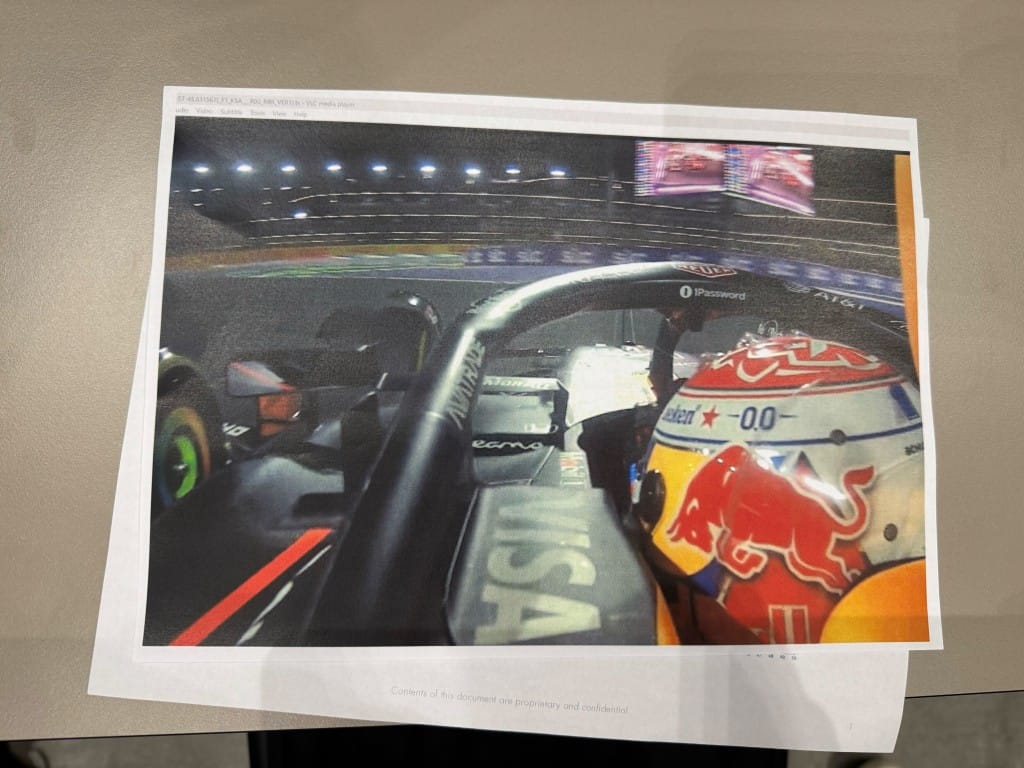
Based on the new guidelines, it is clear that Piastri ticked off all the necessary criteria in how he pulled off his first-corner move in Saudi Arabia.
He had his front wheel alongside Verstappen’s mirror both prior to and at the apex of the corner. He kept his car fully-controlled in the manoeuvre and he completed his move while remaining within track limits.
Red Bull argued strongly afterwards, through the use of the now-famous onboard photo, that Verstappen was ahead at the apex so had the right to be left with racing room.
However, according to the guidelines, that is an irrelevance as the defending car is no longer afforded room on the way out of the corner if the attacker has got his car into the right position and can maintain control to stay within track limits.
That is because the clause relating to leaving a car's width has been removed.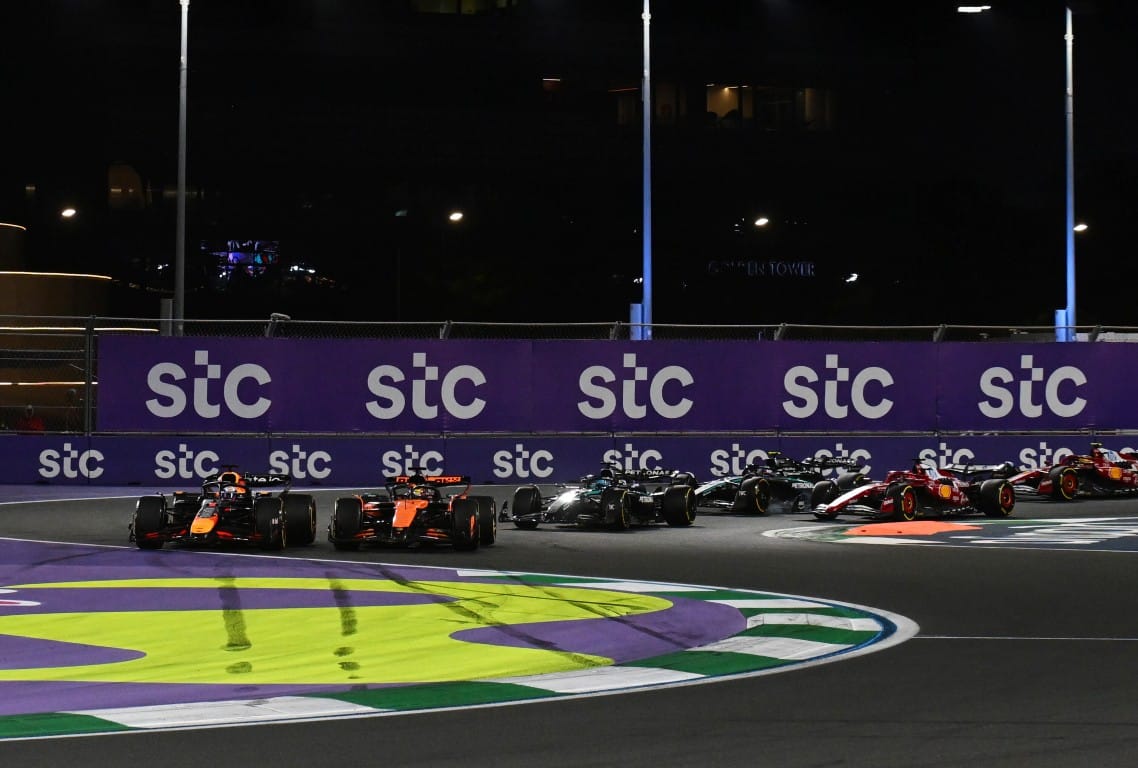
All Piastri had to do (as the Red Bull photo actually showed) was to have his front axle at least alongside Verstappen’s mirror prior to and at the apex – which he did.
At that point the corner is his, and Verstappen is still deemed the defending driver despite his attempts to carry more speed into the corner.
For all Red Bull boss Christian Horner’s protestations that “Max just can’t disappear at this point in time”, the guidelines are clear that Piastri had every right to use the full width of the track – so the onus was on Verstappen at the point the corner was lost to slot in behind the Australian.
No more racing room

In a separate note that FIA stewards sent to teams ahead of the season, a copy of which has been seen by The Race, there were extra comments made about the significance of certain changes to the guidelines.
In particular, it was emphasised that there is no longer the need for drivers to leave room on the exit for a rival if they have won the corner.
“When overtaking on the inside, you no longer are required to give room to the overtaken car from the apex all the way to the exit, PROVIDED you are in control and within track limits,” said the note.
So based on the interpretation of the guidelines that Piastri had full rights to the corner, and completed his move without exceeding track limits, then it was clear that Verstappen cutting across the run-off and emerging with a bigger lead than when he entered the turn was going to fall foul of the stewards.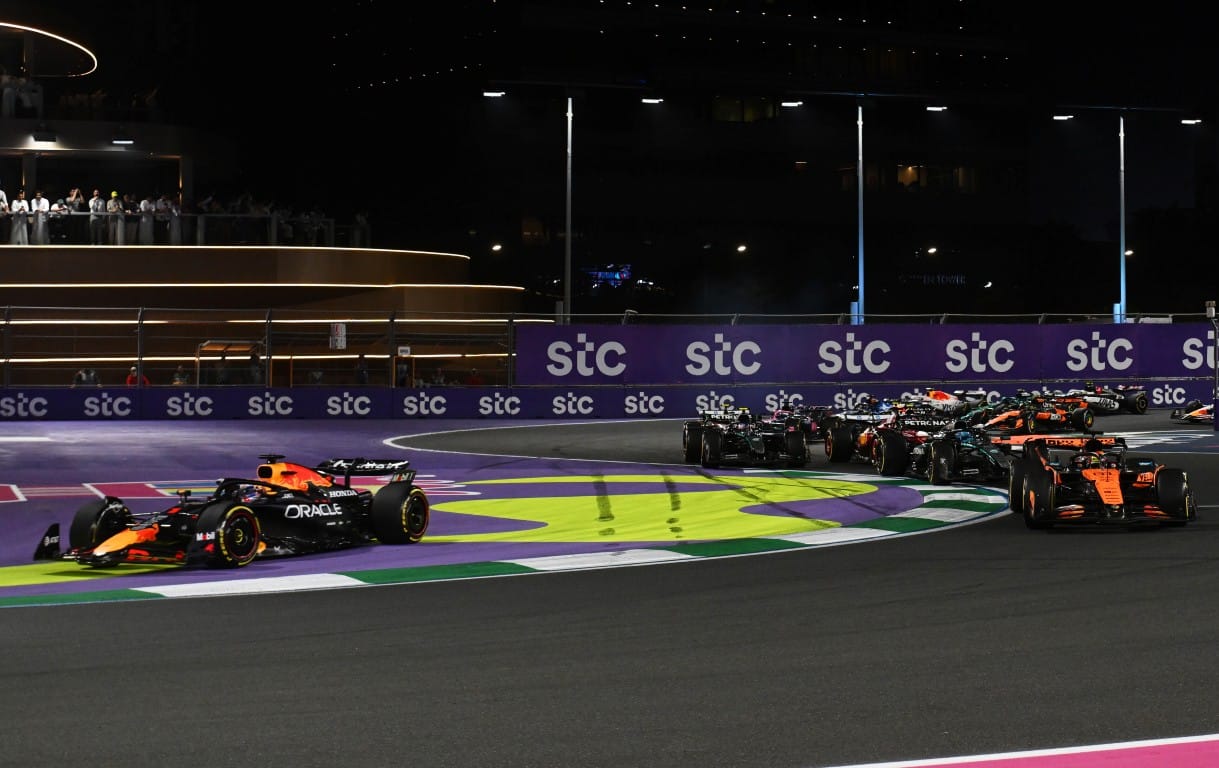
In unaltered wording relating to how the stewards deal with drivers needing to give back a lasting advantage, the guidelines state: “If, while defending a position, a car leaves the track (or cuts a chicane) and re-joins in the same position, it will generally be considered by the stewards as having gained a lasting advantage and therefore, generally, the position should be given back, as prescribed in the rules. It will be the sole discretion of the stewards to determine if the driver of a car is 'defending a position'."
As Saudi Arabia has shown, the change in the demands of the attacking driver not needing to leave a full car width for his rival on the way out of the corner has brought a new dynamic to racing battles - and it is one that may well trigger a few more controversies along the way.
But it was a change that drivers agreed to back in Qatar, so everyone knows the rules they are playing to.

